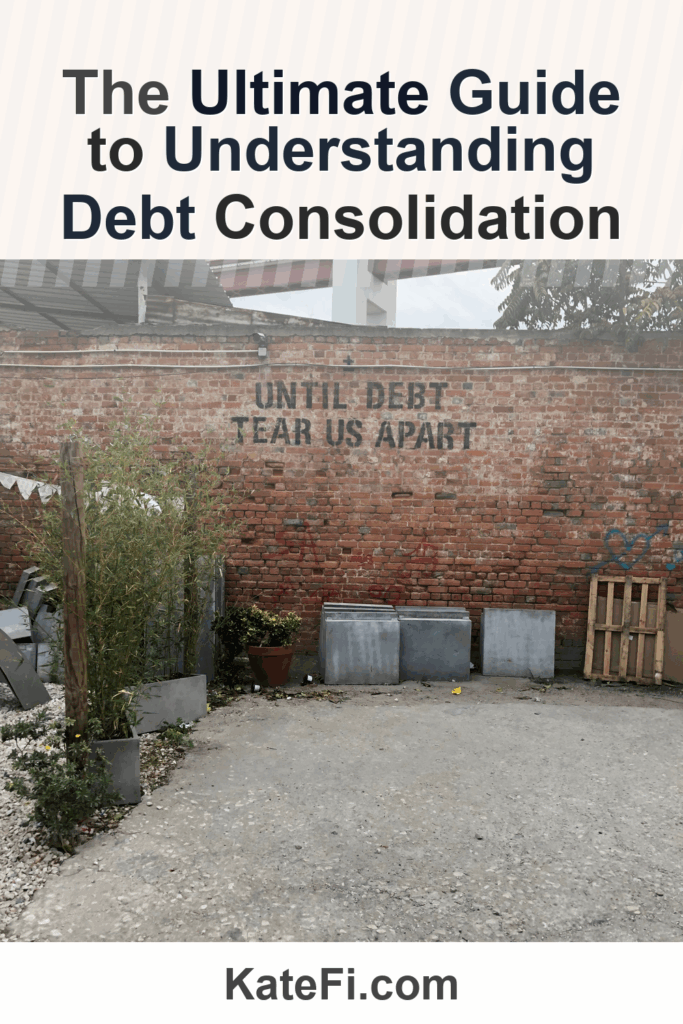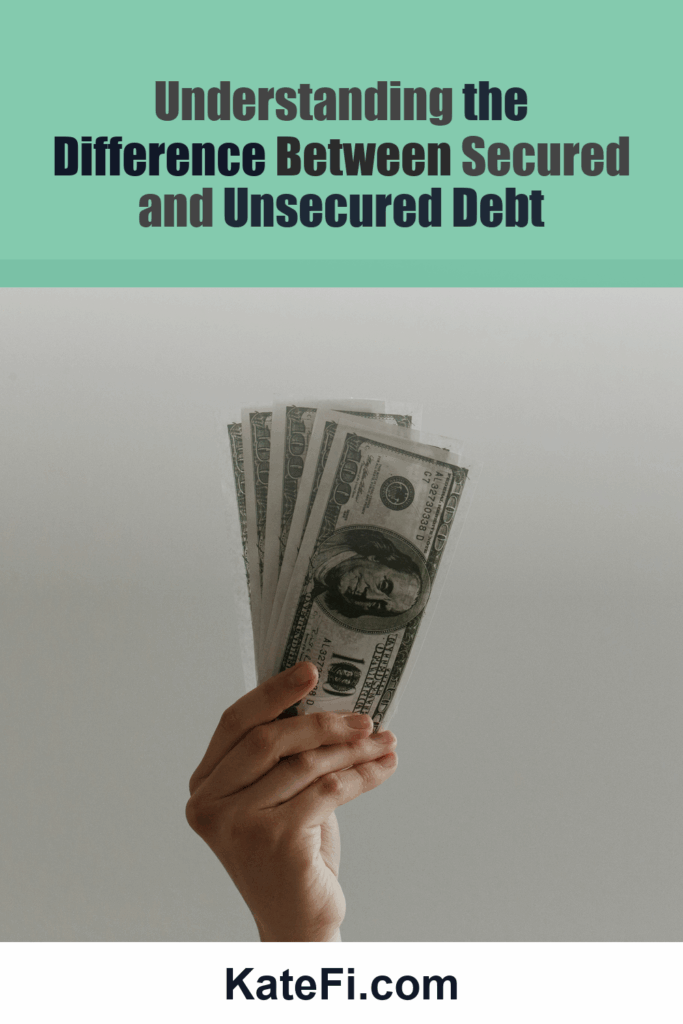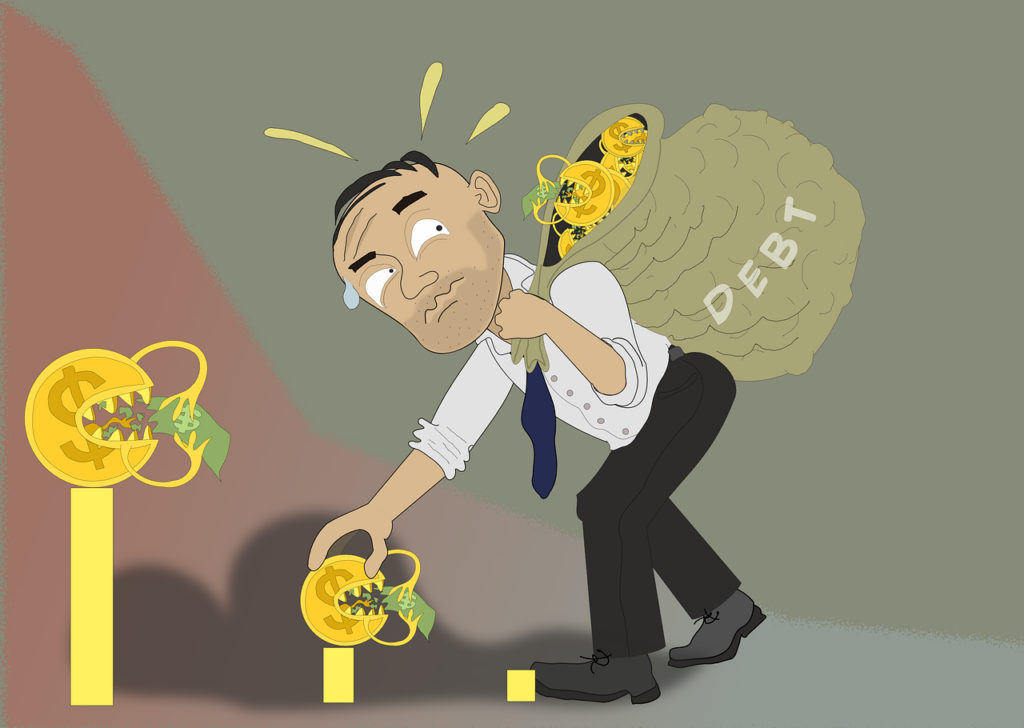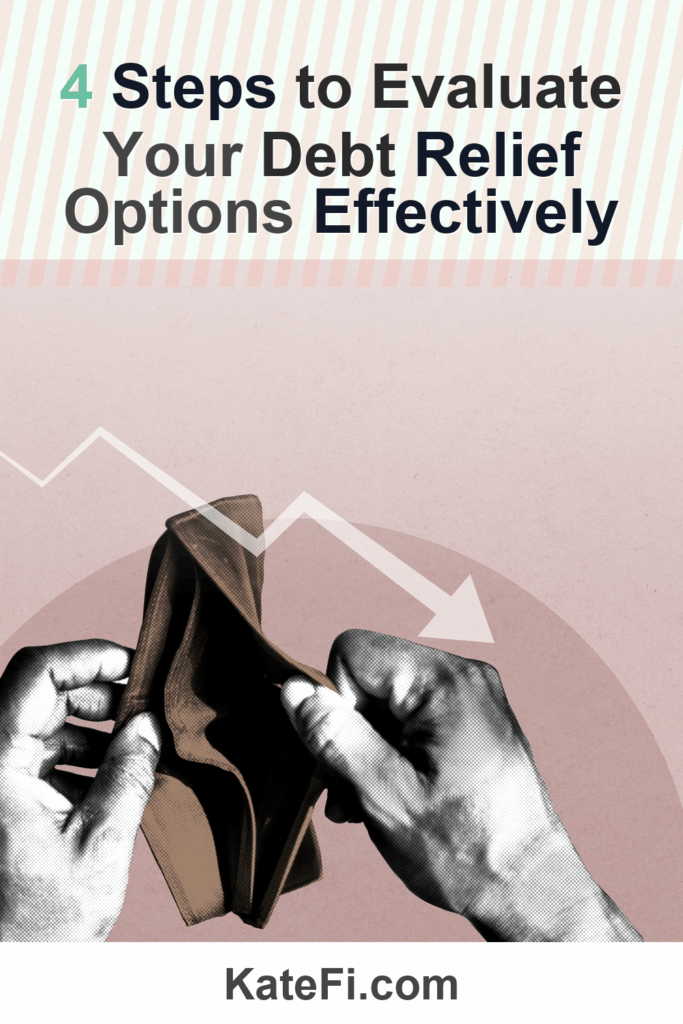Understand pros/cons of settlement vs consolidation vs DMP for your exact mix of debts.
Love our content? Show your support by following us — pretty please!🥺
FOLLOW ON PINTEREST
Hi! I’m Kate, the face behind KateFi.com—a blog all about making life easier and more affordable.
Not available in IL, KS, OR, TN, UT, WV.
How to Avoid Falling Back into Debt After Relief
The journey to financial freedom is often filled with unexpected twists and turns. Many find themselves grappling with overwhelming debt, a situation that can feel insurmountable. However, as the story of Maria illustrates, finding a way to achieve debt relief can set you on a new path. But what happens after you’ve successfully navigated the treacherous waters of debt? How can you ensure that you don’t slip back into the same financial quagmire? Here’s a deep dive into the lessons learned, negotiation tactics, and the importance of proper documentation that can safeguard your financial future.
The Case of Maria: A Journey from Debt to Relief
Maria had always been a responsible individual when it came to her finances. She had a steady job, a decent salary, and a good credit score. However, life has a way of throwing curveballs. A sudden job loss and unexpected medical bills led to an overwhelming amount of debt. Struggling to keep up with her payments, Maria felt like she was drowning.
After exploring her options, she decided to seek debt relief through a program that could assist her in negotiating with creditors. With the help of experts, she documented her financial hardships and was able to reach agreements that reduced her total debt significantly. Feeling lighter and hopeful, Maria completed her program and was finally on the other side of her financial struggles. But then came the million-dollar question: How could she avoid falling back into debt?
Lessons Learned: The Aftermath of Debt Relief
1. Create a Budget That Works for You
After achieving relief, the first step Maria took was to create a budget. She listed her income sources and all her expenses, dividing them into essentials and non-essentials. By establishing a strict budget, Maria was able to manage her spending effectively, ensuring she lived within her means.
#### Budgeting Checklist
- Track your income: List all sources of income (salary, side jobs).
- Identify essential expenses: Rent, utilities, groceries, insurance.
- Cut non-essential expenses: Dining out, subscriptions, entertainment.
- Review and adjust: Check your budget monthly and adjust as necessary.
2. Emergency Fund: A Safety Net for the Unexpected
Maria realized the importance of having an emergency fund. Life can be unpredictable, and having savings set aside can prevent you from falling back into debt due to unforeseen circumstances. She set a goal to save at least three to six months’ worth of expenses.
Negotiation Tactics: Leveraging Your Financial Standing
Once you’ve secured debt relief, your relationship with creditors doesn’t have to end. In fact, it can evolve into a partnership. Understanding negotiation tactics is vital for maintaining your financial stability. Here’s what Maria learned from her experience:
#### Key Negotiation Tactics
- Be honest about your situation: When discussing your finances, being transparent can foster goodwill with creditors.
- Propose realistic payment plans: Based on your budget, suggest payment plans that are achievable, ensuring you can stick to them.
- Ask for hardship programs: Many creditors have programs for individuals facing financial difficulties. Don’t hesitate to ask!
✅ See If You Qualify for Debt Relief
The Importance of Hardship Documentation
Documenting your financial hardships was key for Maria, not just during her debt relief process but also afterward. Having thorough records makes it easier to negotiate with creditors if necessary. Here are some essential documents to gather:
#### Documents to Collect
- Proof of income: Recent pay stubs, tax returns, or bank statements.
- Expenses: Bills, loan statements, and receipts for fixed and variable expenses.
- Hardship letters: A letter outlining your situation, reasons for hardship, and requests for assistance.
Understanding Credit Impact: The Double-Edged Sword
While debt relief can be a blessing, it’s essential to understand its impact on your credit. Maria discovered that relief programs can affect her credit score. By ensuring timely payments post-relief and keeping debts low, she has worked to rebuild her credit.
#### Credit Impact Comparison Table
| Aspect | Before Debt Relief | After Debt Relief |
|---|---|---|
| Credit Score | 650 | 600 |
| Credit Utilization | 80% | 30% |
| Accounts in Good Standing | 2 | 4 |
The Road Ahead: Continuing Your Financial Education
Financial literacy is not a destination; it’s a continuous journey. Maria took the initiative to educate herself about personal finance. She read books, attended workshops, and even connected with financial counselors for ongoing guidance.
#### Questions to Ask a Financial Counselor
- What are the best practices for maintaining a good credit score?
- How can I optimize my budget for better savings?
- What should I do if I encounter another financial hardship?
✅ See If You Qualify for Debt Relief
Building a Support Network
Maria discovered that having a support network made a world of difference. Friends, family, and even online communities provided encouragement and advice. Sharing her financial goals and progress kept her accountable and motivated.
Conclusion: Your Future Is Bright
Maria’s story illustrates the importance of strategic planning and education in preventing a return to debt after relief. By implementing budgeting techniques, maintaining an emergency fund, using negotiation tactics, and documenting hardships, you can pave a path toward a stable financial future.
If you’re ready to take the next step, consider scheduling a consultation. At KateFi, we offer free consultations to help you review your options. You don’t have to face this journey alone!
✅ See If You Qualify for Debt Relief
Important: This content is for education only—not legal, tax, or financial advice. Results and eligible programs vary by situation and state. Fees apply if you enroll and complete a program. Debt relief can affect credit; missed payments may lead to collections/lawsuits. Not available in IL, KS, OR, TN, UT, WV.
What You’ll Learn on the Call
- Estimated timeline and monthly payment range
- How credit may be affected in the short term
- What documents to gather to move faster
Not available in IL, KS, OR, TN, UT, WV.
👉 Start Your Free Debt Relief Review
Not available in IL, KS, OR, TN, UT, WV.
Lower Your Unsecured Debt
If you have $5,000+ in credit card or personal loan debt, a free consult can review options like settlement or hardship plans.
- One-on-one call to review your debts and goals
- See potential monthly payment reductions
- No obligation to enroll
Not available in IL, KS, OR, TN, UT, WV.






















